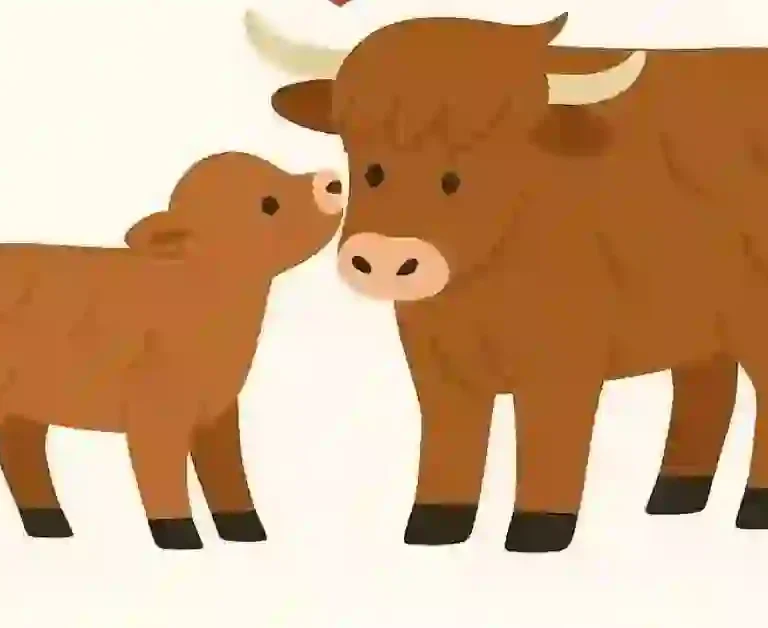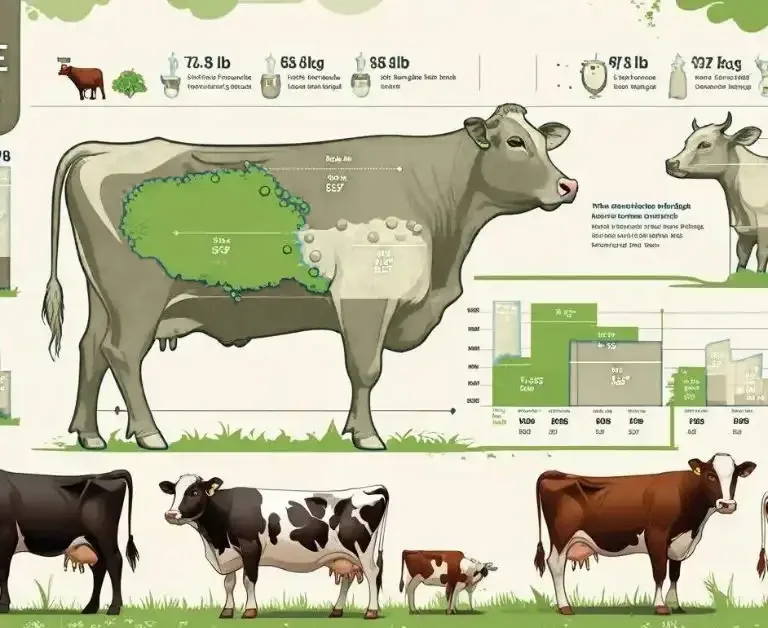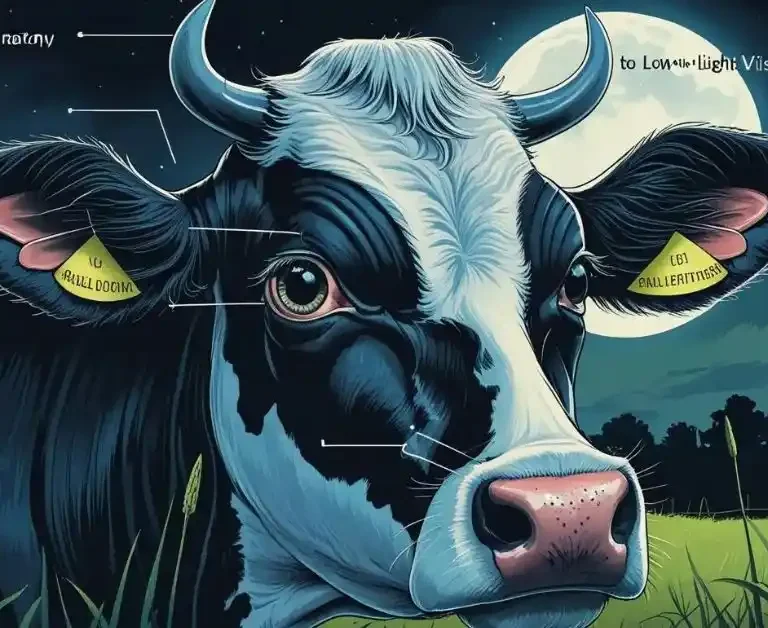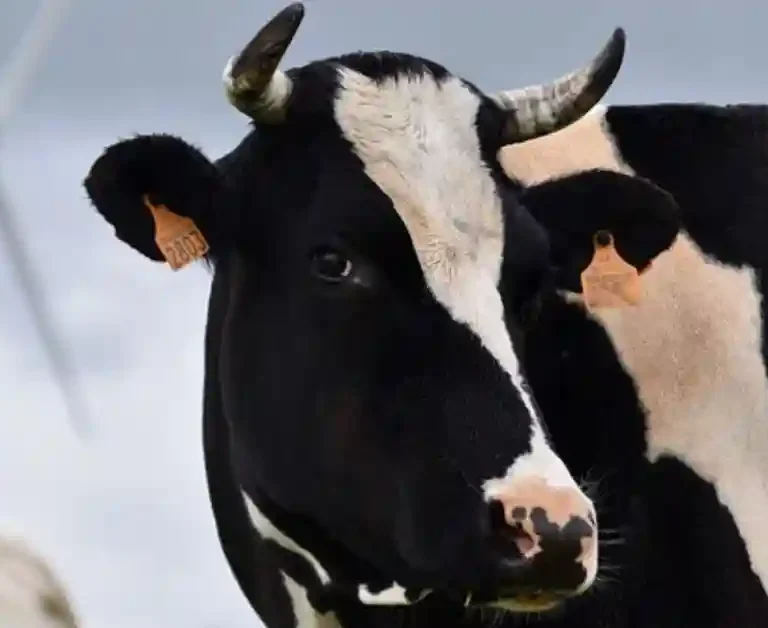Holstein Dairy Cows Origin and History
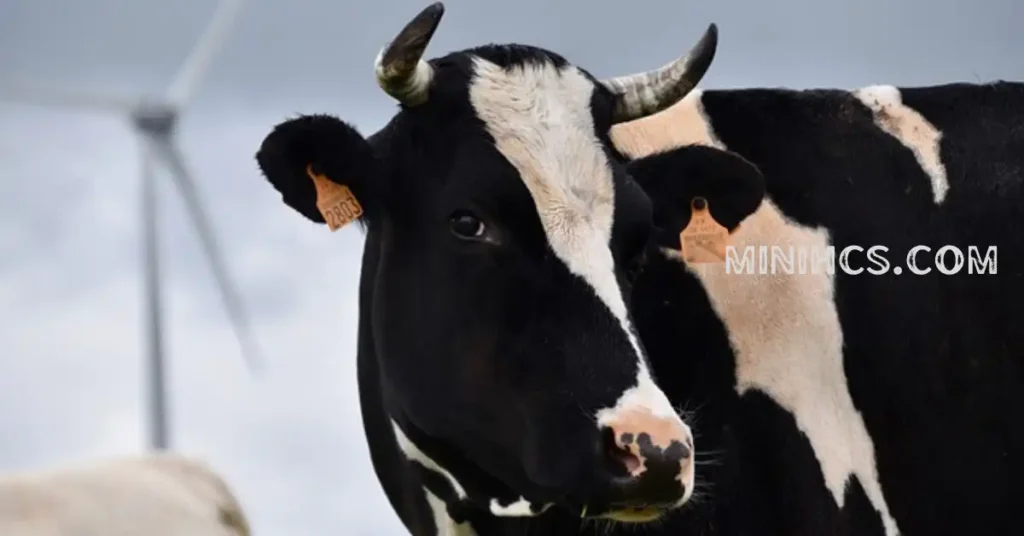
In dairy farming, Holstein dairy cows stand a lofty frame. Their distinctive black-and-white markings and matchless milk production capabilities have made them well-known. We’ll survey the origin, characteristics, and significance of Holstein cows. We’ll also examine the challenges and evolution in farming these majestic creatures.
Holstein Dairy Cow Origin
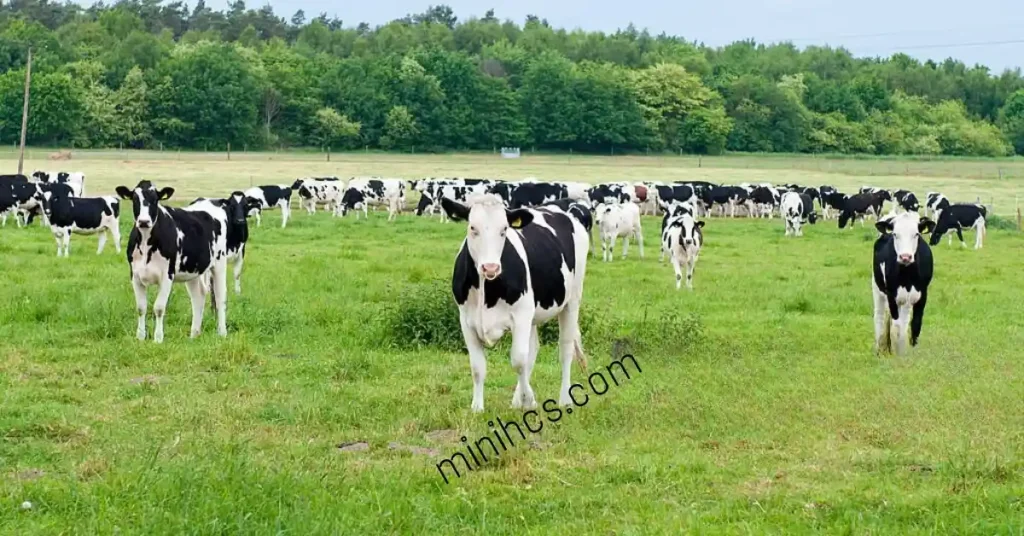
Holstein cows, also known as Holstein-Friesian, originated in the northern seaside area of the Netherlands. We can discover the spread of the breed back to the Friesland region. Farmers there bred cattle for increased milk production.
Over time, these efforts established the Holstein dairy cows breed as a distinct and renowned dairy cattle type. The black-and-white or red-and-white coat pattern became a distinctive feature. Holsteins gained global identification for their unusual milk-producing potential.
Today, Holsteins are one of the most general and dominant dairy breeds worldwide. They play a crucial role in meeting the demands of the dairy industry with their high milk relent and adaptability to various climates.
History of Holstein Breed
Friesland, Netherlands, birthed the black-and-white amazed Holsteins dairy cows in the late 19th century, forever changing the dairyland with their uncommon milk-making skills. Domestic farmers concede the potential for improving milk production through particular breeding.
Early breeders aimed to enhance the cattle’s dairy traits, particularly their milk yield. This effort resulted in the establishment of the Holstein breed. The distinctive black-and-white or red-and-white coat patterns emerged. They became a hallmark of Holsteins.

The resonant demand for dairy met its match in the late 1800s with the rise of Holstein dairy cattle. Their uncommon milk production and adaptability to various climates move them to global fame. Today, Holsteins stand as the undoubted champions of the dairy world, playing a crucial role in satiating our hunger for milk worldwide.
What is the difference between Friesian and Holstein Friesian cows?
The terms “Friesian” and “Holstein Friesian” are often used, but there is a distinction between the two. Friesian is the inclusive term encompassing all cow breeds from the Friesland region of the Netherlands.
It’s like a big family farm, housing various breeds like the Dutch Friesian, a smaller, red-and-white cousin. While some Friesians are high milk producers, others are dual-purpose, meaning they’re raised for milk and beef. Think of them as the versatile members of the family.
On the other hand, Holstein Friesian is the star pupil of the Friesian clan. Explicitly bred for milk production, these black-and-white beauties are the undisputed champions of the udder.
Their efficient milk-making skills have earned them global fame, making them the dominant dairy breed worldwide. Imagine them as prize-winning cows, continuously topping the charts in milk production.
Holstein Dairy Cow Temperament & Traits
Holstein dairy cows are famous for their calm and docile temperament. A gentle and cooperative nature makes them distinctive. This inherent disposition makes them particularly well-suited for handling by farmers. They are instrumental in dairy farming.
Routine tasks like milking and health checks require frequent human interaction. Managing Holstein cows is easy because they generally have a gentle demeanour.
This contributes to a positive and efficient working environment on farms. A cooperative and easygoing nature marks this temperament. It has established Holsteins as one of the most widely used dairy breeds worldwide.
Social Interaction
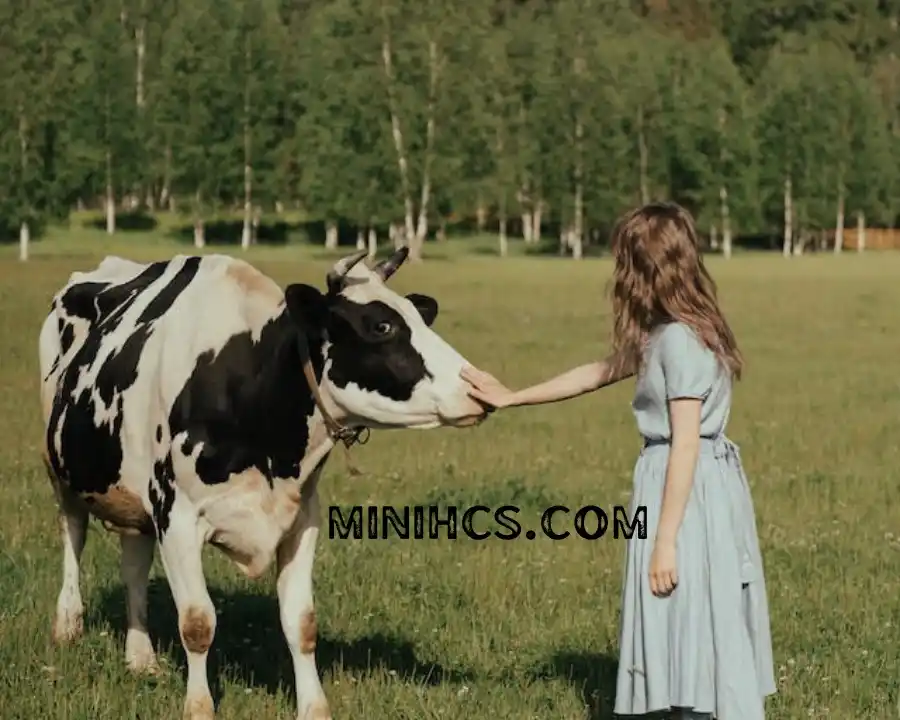
These bovines exhibit a gentle and docile demeanour. They show a courteous attitude towards humans and other animals within the herd. Their friendly disposition contributes to their adaptability in various social settings.
This makes them well-suited for interactions with farmworkers and other livestock long-haired Abyssinians, like positive relationships with pets. Holsteins thrive on social interactions within the herd. The cooperative and friendly behaviour extends to their interactions with farmworkers.
Sleek Coats
Holstein dairy cows are not typically known for having luxurious coats. Some other breeds, like long-haired or woolly animals, might. Their distinctive black-and-white or red-and-white coat patterns recognize Holsteins.
The focus is more on their markings than the texture or length of their coats. The coat of a Holstein is generally short and sleek, which is practical for its role in dairy farming. This coat type facilitates ease of grooming, cleanliness, and adaptability to various climates.
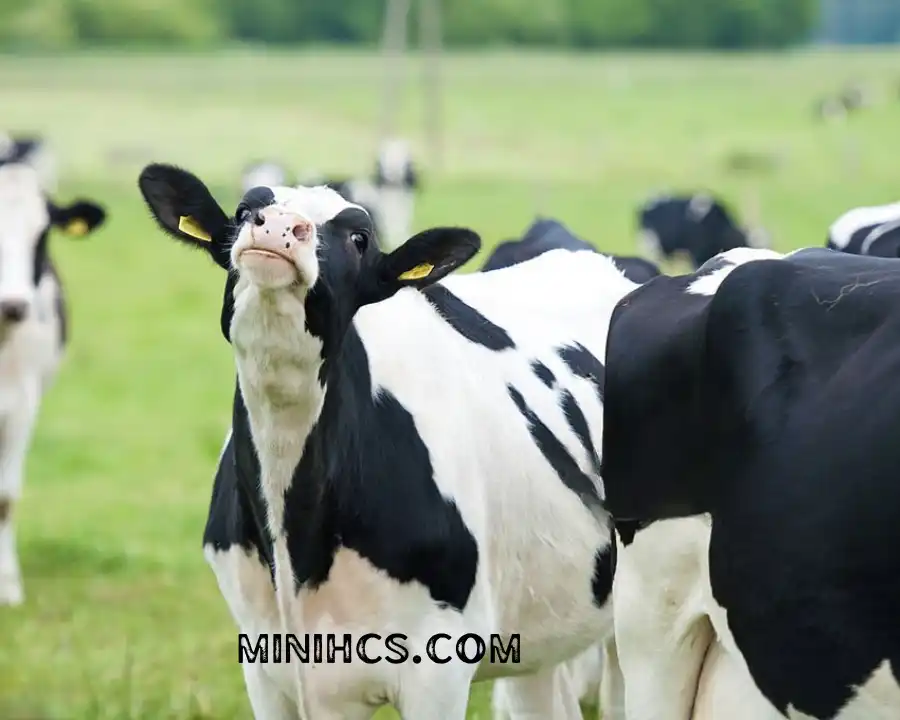
The coat of Holstein cows is not luxurious in the traditional sense. Instead, it is well-suited to their environment and purpose. It emphasizes functionality over ornamental qualities.
Variety of coat colours and patterns
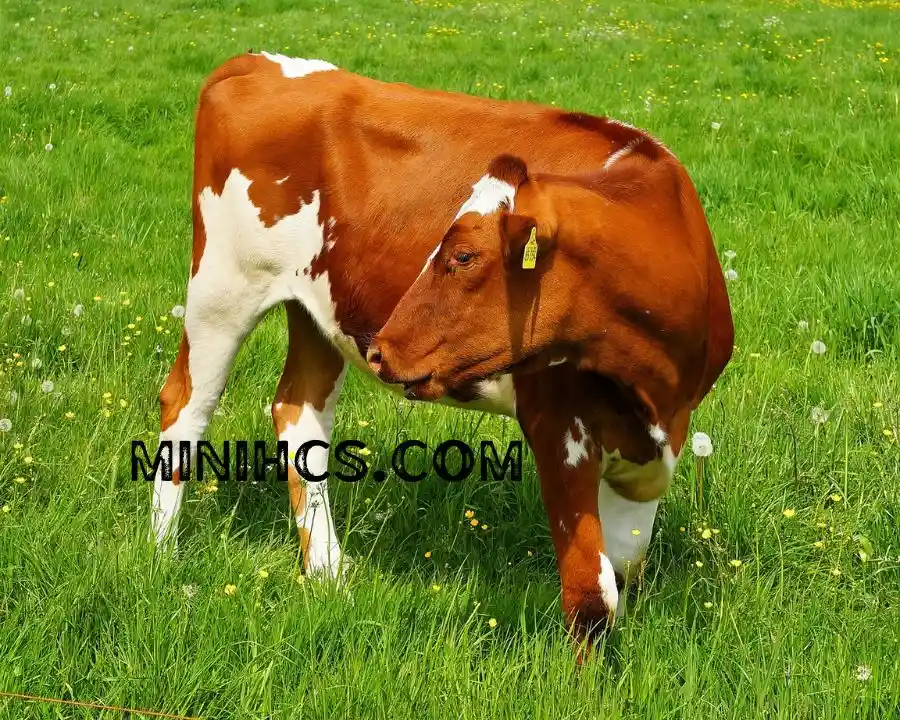
Coat Colour of Holstein Cows 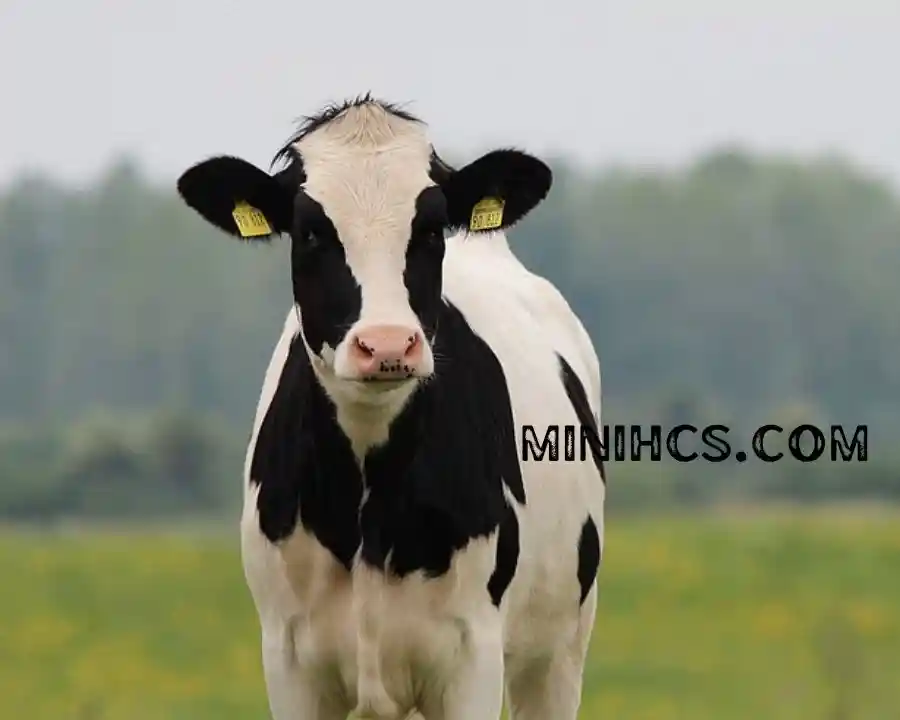
Coat Colours of Holstein Cows
Holstein dairy cows have unique coats. They are black-and-white or red-and-white, making them look unique and beautiful. Like cats with interesting fur patterns, Holsteins stand out from other cows. Their striking colours on a white background make them pretty and easy to recognize on the farm. This adds to their charm.
Regal Appearance of Holstein Dairy Cows
Holstein dairy cows command a regal presence with their distinctive and elegant patterns. Their refined style sets them apart in the world of dairy farming. The harmonious blend of markings showcases it. Holsteins have a majestic demeanour. Against a light background, they are recognizable. Their regal charm adds to their appeal on the farm.
Grooming and Care of Holstein cows
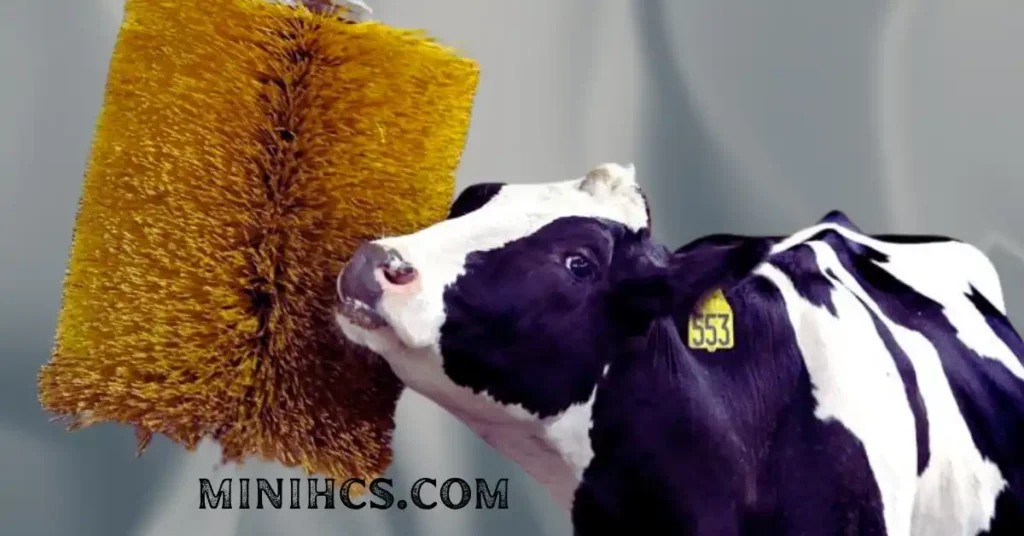
A Balanced Diet
Make sure the total health of Holstein dairy cows starts with providing a beneficial, balanced diet. Adjust the diet to meet the specific nutritional needs of the cows. This promotes optimal growth and milk production. A nutritious diet contributes to the excellent health of Holsteins. It reflects on their physical condition and productivity.
Routine Veterinary Care
Integral to the management of Holstein dairy cows is regular veterinary care. Scheduled veterinary examinations play a crucial role. They help in the early observation and regulation of potential health issues. These check-ups are essential for ensuring the happiness and health of the flock. They focus on vaccination, reproductive health, and obstructive measures.
Establishing a Grooming Routine
Holstein cows enjoy a structured grooming schedule to maintain their well-being. While their coats may not be long-haired, regular grooming enhances a clean and healthy appearance. They are setting up a routine for brushing and cleaning to create a positive connection between farmers and cows. It ensures the animals are comfortable and content.
Specific Grooming Considerations for Holstein Cows
Despite not having long hair, Holstein dairy cows have distinct coat qualities that need attention. Grooming is crucial to prevent issues like ravel and maintain the condition of their coats.
They use suitable tools, such as brushes and combs, to aid in keeping their coats in good shape. Special attention to the denser undercoat ensures thorough grooming. Routine checks for foreign materials contribute to the well-being of these farm companions.
Challenges and Considerations for Owning Holstein Cows
Owning Holstein dairy cows presents specific challenges and considerations that need attention and care. They don’t have long hair like some other breeds. But, there are unique aspects to their management.
Holstein Cows Lifespan

Holstein dairy cows can live long and healthy lives with proper care and good living conditions. Regular vet check-ups, balanced nutrition, and good management practices improve their well-being. The lifespan of Holstein cows varies. It depends on factors such as genetics, management practices, and health.
On average, Holstein dairy cows live between 6 to 15 years. Holstein cows are often productive in milk production during their early years. Peak production occurs around 4 to 6 years of age. After this period, their milk production may decline.
Farmers often make decisions about culling or retiring cows. They consider factors like declining productivity, health issues, and reproductive challenges.
Milk Production
Holstein dairy cows are productive milk producers, famous for their particular black-and-white markings. These dairy cattle have an average of 22,000 to 23000 pounds of milk. They are the most common breed in the dairy production.
Various dairy products prize their milk for its high butterfat and protein content. Holsteins’ efficient milk production contributes to the global dairy supply.
Cost
Holstein dairy cows’ costs encompass buy price, ongoing feeding, veterinary care, and housing expenses. Initial costs vary based on factors such as age and genetics. Holstein calves may cost a few hundred dollars, while mature cows can range from $1,000 to $2,500 or more, especially for milking or breeding.
Continuous expenses include quality nutrition, veterinary check-ups, and facility maintenance. Reproductive technologies may contribute to costs for breeding purposes. The investment involves a combination of upfront and operational expenses.
Conclusion
In conclusion, Holstein cows have left an ineradicable mark on the dairy field. They symbolize productivity and genetic excellence. Holsteins originated in the Netherlands. They have become globally dominant and integral to modern agriculture. As we steer the twist of breeding and management, it’s evident that Holstein farming is more than a profession.
FAQs
